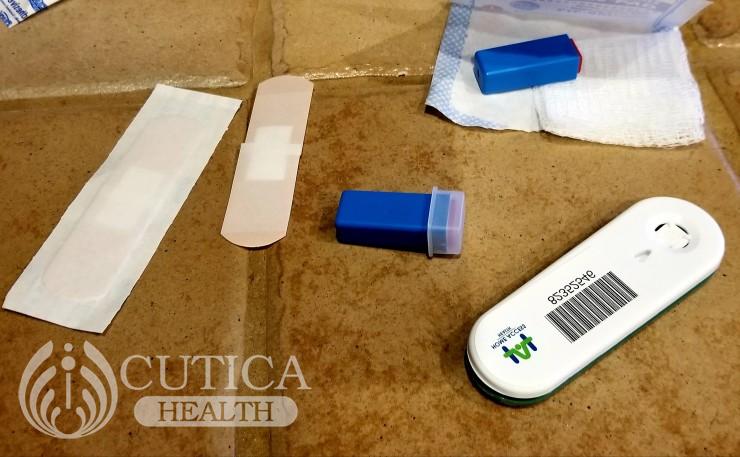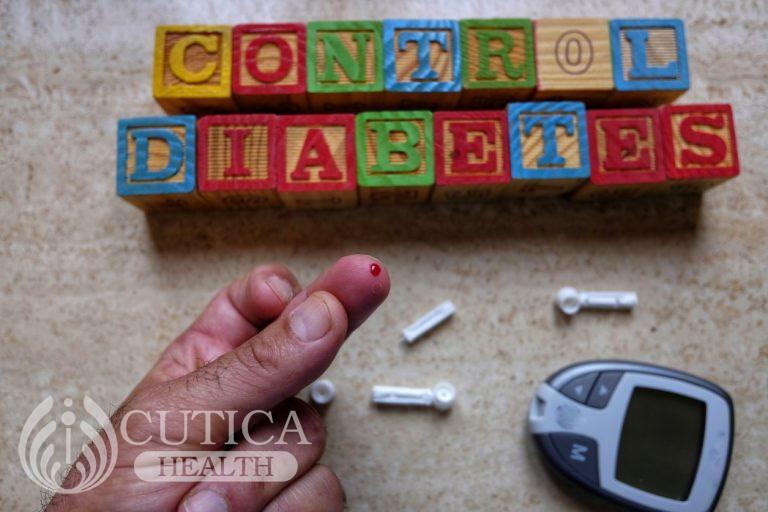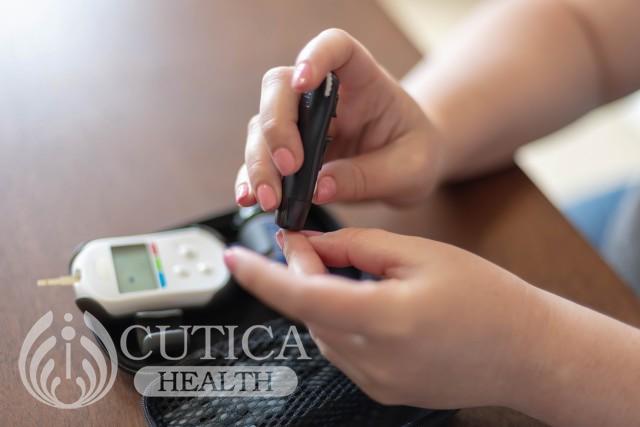A1C: One of the most important tests you should do
The hemoglobin A1C test, or simply A1C test, is a common laboratory investigation done to determine if you are diabetic or not. It is also an important test people with diabetes undergo to monitor how well they’re managing the condition.
In diabetes, the body loses its ability to regulate glucose (sugar), and this occurs in two ways. In type 1 diabetes, the body does not produce enough insulin – a hormone that regulates blood sugar levels – so blood sugar rises abnormally. In type 2 diabetes, the body may produce adequate amounts of insulin, but the body is insensitive to its effects. In both types of diabetes, therefore, blood sugar levels increase unrestrained, causing damage to nearly all tissues and organs of the body. The A1C test gives an accurate measure of your blood sugar levels.

The A1C test measures your average blood sugar level in the last three months, giving a more accurate impression of how your body regulates sugar. More specifically, the A1C test – also known as glycated hemoglobin or glycosylated hemoglobin – measures the proportion of hemoglobin – the blood’s oxygen-carrying molecule – that is coated with sugar. The higher this percentage, the poorer your body’s control of blood sugar.
Why is A1C Done?
Your hemoglobin A1C results help in three ways: it helps to identify prediabetes, diagnose diabetes, and monitor diabetes treatment progress.
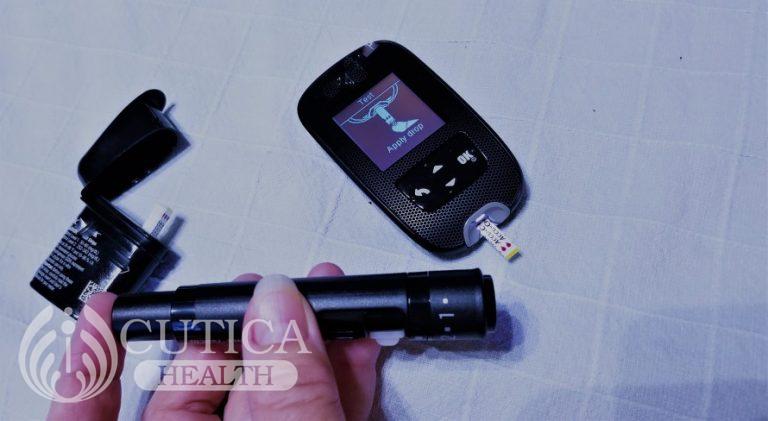
Prediabetes
Normal A1C level is below 5.7 percent. If your result shows any value below this, it means your body regulates sugar optimally; but a value between 5.7 and 6.4 percent suggests that you may be on the verge of developing diabetes. This range is called prediabetes or impaired glucose tolerance.
In prediabetes, your body still regulates sugar but not optimally. Consequently, blood sugar may be elevated, but not as much as in diabetes. If you have prediabetes, you also have a high risk of developing heart disease and other complications of diabetes.
Diagnose Diabetes
Hemoglobin A1C diagnoses both types 1 and 2 diabetes; diabetes is diagnosed if there are elevated readings on two consecutive measurements. If you have an A1C level of 6.5 percent or greater on both checks, you have diabetes. If your A1C level is above 8, it means you have poorly-controlled diabetes and may be at a higher risk of complications.
Monitor Treatment Response
If you have diabetes, your doctor could order routine A1C tests to monitor how well your body is responding to treatment. Since the A1C test indicates the blood sugar control in the last three months, it gives an accurate measure of how well your body has been regulating sugar. Ask your doctor about your most recent AIC result at each visit.
Your doctor may set lower or higher A1C targets for you depending on your baseline A1C level, your medications, and other factors such as co-existing diseases. If your A1C is higher than the recommended target, your doctor may need to increase your dosage or change your medications.
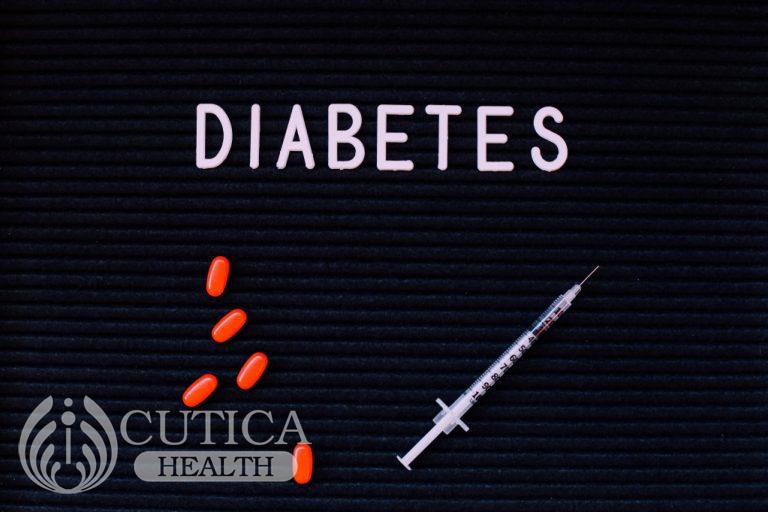
How Often Should I do A1C Test?
How often you should do this test depends on if you have prediabetes or not, and also on the type of diabetes you have:
- Do the A1C test annually if you have prediabetes
- Do the test at least twice a year if you have type 2 diabetes that is well controlled or do it four times a year if your type 2 diabetes has been difficult to control
- Do the test four times a year if you have type 1 diabetes as this requires more frequent monitoring
The most important thing is to follow your doctor’s recommendation and be a partner in your own care. Know your AIC.




